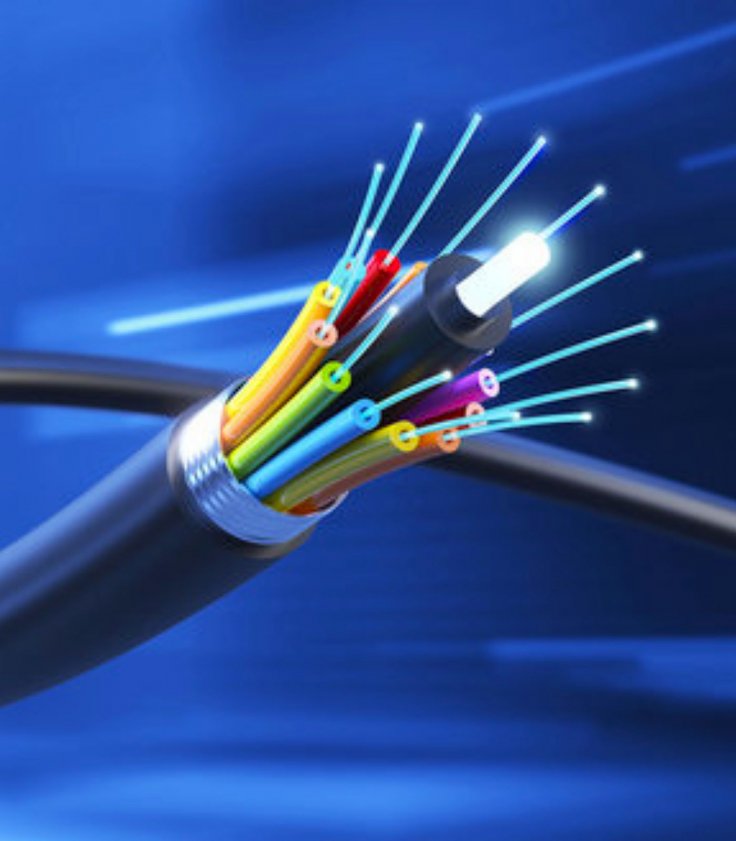Have you ever imagined that downloading the entire Netflix catalog in the blink of an eye or the entire Wikipedia in just a second would be a possibility? No buffering, no breaks—just clear, instant access to a whole lot of data. Now, that futuristic dream is on the brink of reality following a major new development by researchers in Japan.
Researchers at the National Institute of Information and Communications Technology (NICT) have smashed the world record for internet speed—again—by shunting data down a fiberoptic cable at 319 terabits per second.

To understand the scale, one petabit is 1 million gigabits, which is enough bandwidth in one second to download more than 100,000 high-definition movies. By contrast, the average internet speed in India is around 63 Mbps, and in the United States, around 300 Mbps. Japan's new speed is more than 3.5 million times faster than the U.S. average and about 16 million times faster than India's.
This record was not achieved with bulky or futuristic equipment. Instead, researchers upgraded what already exists. The key advancement lies in fiber-optic cable design. Conventional wires have one core, which carries all the data. But this new cable has 19 individual cores—all squeezed into the same-sized piece of fiber. T Think of it as a 19-lane expressway replacing a single-lane road—more traffic, same space, vastly more efficient.
At their trial, the team managed to transmit data over a distance of 1,800 km with no decline in speed or quality. This was achieved by 86.1-km-long loops of fiber used 21 times with sophisticated amplifiers and advanced signal processing techniques. In all, they were able to deliver 180 independent streams of data at once.
So what does this mean for us?
At the individual consumer level, they will not be getting petabit speeds on regular home Wi-Fi any time soon. The majority of households still rely on internet links of megabit or low gigabit speeds, not anywhere near the terabit or petabit level. But the ramifications for the tech ecosystem are huge.
Cloud computing, AI model training, real-time 3D simulations, autonomous vehicles, worldwide research, and even long-distance interplanetary communications could all benefit. Such speed means that data centers in separate countries could work as if they were right next door, creating seamless global processing.
This speed also opens doors for emerging technologies, like 6G, smart cities, holographic communication, and ultra-high-definition media streaming, all of which require data to move faster than ever.
And there's a further potential to this innovation—we can use it without needing to change the size of infrastructure." That would potentially allow telecom companies to upgrade their networks rather than build them anew from the ground up—a key consideration for global adoption.
But large-scale implementation may take years. The equipment has to be uniform, costs lowered, and necessary regulatory approvals obtained.









